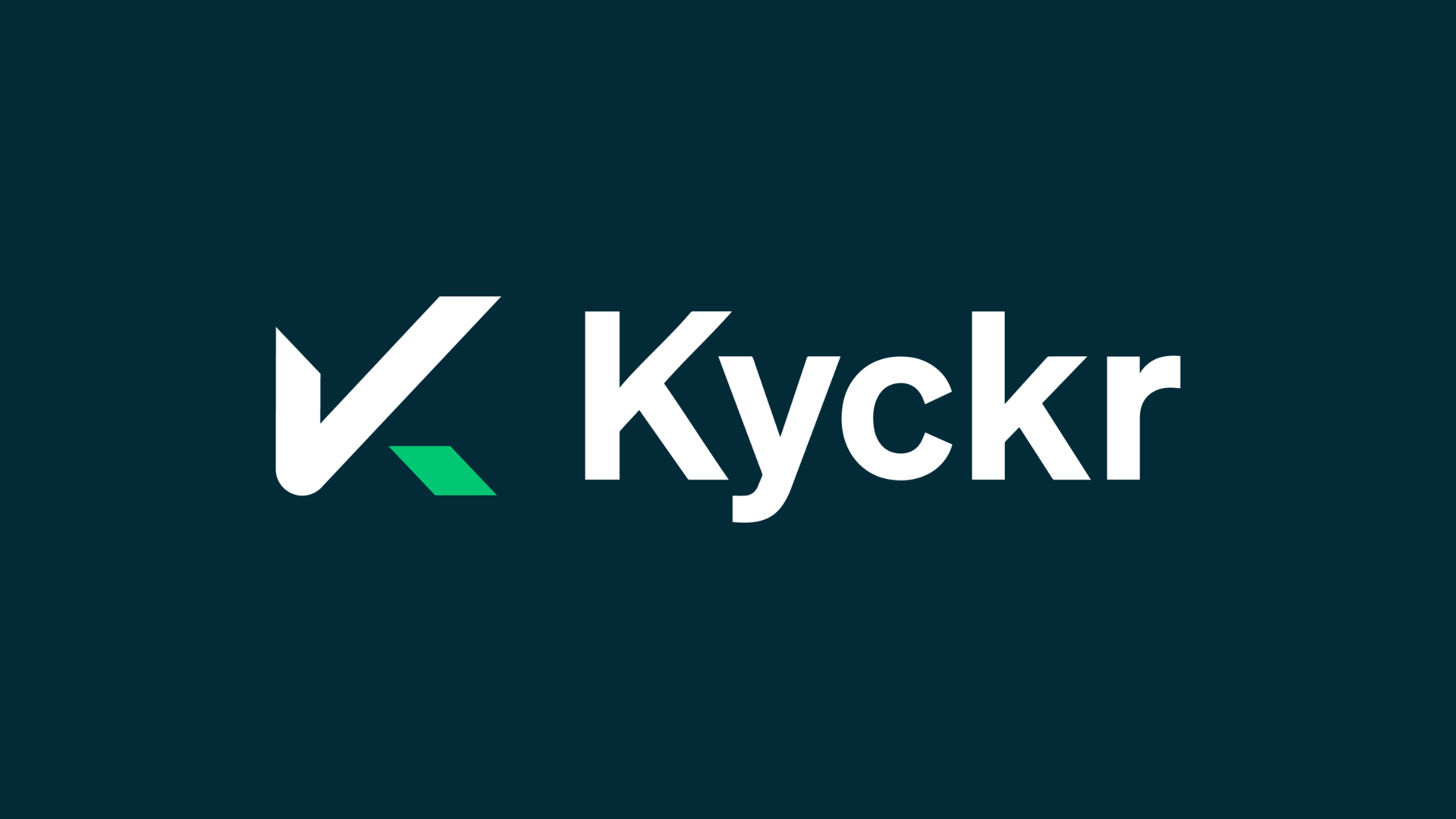News & Blog
2025 Guide to the Luxembourg Business Register (RCS & RBE)
Learn how to access Luxembourg’s RCS & RBE registers. Discover what data’s available, who can access it, and how Kyckr streamlines live registry searches.
Hong Kong Companies Register Guide (2025 Update)
Comprehensive 2025 guide to the Hong Kong Companies Registry. Learn access rules, SCR compliance, ICRIS changes, and beneficial ownership limits.
A Guide to KYB APIs for Developers
Learn how developers can use KYC APIs to automate onboarding and compliance. Discover features, trends, and why Kyckr’s live registry API stands out.
Ireland CRO Company Register Guide (2025 Update)
Learn what UBO registry data is, its limits, and how to verify beneficial owners in 2025. Stay compliant with FATF, EU, and global AML rules.
UBO Registry Data: A Global Guide to Beneficial Ownership in 2025
Learn what UBO registry data is, its limits, and how to verify beneficial owners in 2025. Stay compliant with FATF, EU, and global AML rules.
Best KYB Data Providers 2025: A Complete Guide
Discover the top KYB data providers in 2025. Compare vendors, software, and registry data sources to find the right KYB solution for your business.
Using the New Zealand Company Register in 2025
Access, analyse and verify New Zealand company data with this 2025 KYB guide. Includes search tips, red flags, API access and legal reform updates.
How to Search Companies House and Access Official Company Records in the UK (2025 Guide)
Learn how to search Companies House in 2025 and use official UK company register data for KYC, KYB, and financial crime compliance. Updated for ECCTA 2023.
Kyckr Announces the Appointment of Steve Lamb as CEO
Kyckr announces the appointment of Steve Lamb as CEO.
FATF Grey List 2025: Top Risks and What Triggers Country Listings
Deep analysis of FATF grey listing patterns reveals enforcement shift. Learn the 5 factors driving country listings and actionable insights for financial crime professionals.
Singapore’s Corporate Register: How It Works & 2025 Reforms Guide
Understand how to access and analyse Singapore company data via ACRA’s BizFile+ platform. Covers beneficial ownership, nominee risks, CSP reforms, and KYB best practices for 2025.
Top Emerging AML Threats Facing the UK
Fintech, crypto, and AI are reshaping UK AML risk. Understand the latest trends and how verified company data can help you stay compliant.













